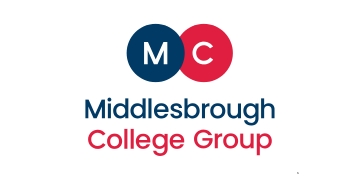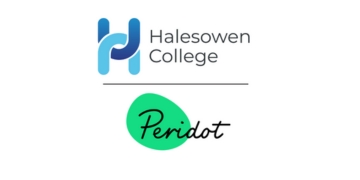The development of reception pupils has improved since last year, EYFS results show, potentially showing recovery from Covid disruption and increased familiarity with new assessments.
But some groups of children – including boys, summer-born pupils and the disadvantaged – remain far behind their peers.
Results from the early years foundation stage (EYFS) profile show that 67.2 per cent of children had a “good level of development” last year, up from 65.2 per cent in 2021-22.
The proportion of children at the expected level across all early learning goals has also increased, from 63.4 per cent in 2021-22 to 65.6 per cent last year.
These proportions are lower than pre-pandemic 2019, but the assessment framework changed substantially in 2021, meaning they cannot be directly compared.
Every year, teachers assess reception pupils’ development against 17 early learning goals across seven areas of learning. Last year, the average number of early learning goals at the expected level remained static at 14.1.
The Department for Education said the boost in results “may be attributable to gradual recovery from disruption caused by the Covid-19 pandemic”, pointing to rises in the most recent phonics and key stage 1 results.
But it also may be down to schools “having greater familiarisation with the new assessment framework”.
They pointed to a “sharp rise in assessment outcomes” between 2012-13 and 2013-14 when the EYFS profile was previously revised.
Of the seven areas of learning, physical development remains the area with the highest proportion of children at the expected level (85.2 per cent), while literacy was the lowest (69.7 per cent).
Of the 17 early learning goals, gross motor skills had the highest percentage of children at the expected level (92.1 per cent), whilst writing was still the lowest (71.0 per cent).
This pattern is the same as the previous year.
Boys and summer-born pupils far behind
Girls continue to substantially outperform boys, and the gap has widened.
Last year, 74.2 per cent of girls had a good level of development, compared to 60.6 per cent of boys. The gap was larger in 2022-23 (13.6 percentage points) than in 2021-22 (13.2 percentage points).
Just 3.8 per cent of children with an education, health and care plan were judged to have a good level of development last year, compared to 24.3 per cent of those receiving SEN support. The gap has widened slightly from 19.3 to 20.5 percentage points.
When a child is born in the year also continues to have a big impact on their development. 75.4 per cent of autumn-born pupils had a good level of development, while 59.4 per cent of summer-born pupils met the same standard.
However, the difference narrowed slightly from 16.8 to 16 percentage points.
The gap between pupils eligible for free school meals and those not eligible also narrowed slightly from 20.4 to 19.9 percentage points.
Those living in the most deprived neighbourhoods of England were 18.5 percentage points behind those in the least deprived areas.

Development also varies regionally, from 64.3 per cent in the north west to 69.6 per cent in the south east.
Percentage with a good level of development by characteristics
| Characteristic | Characteristic type | 2021/22 | 2022/23 | Change (pp) |
| Gender | Girls | 71.9 | 74.2 | 2.3 |
| Boys | 58.7 | 60.6 | 1.9 | |
| Difference (pp) | 13.2 | 13.6 | 0.4 | |
| First language | English | 67.1 | 69.3 | 2.2 |
| Other than English | 60.1 | 62.4 | 2.3 | |
| Difference (pp) | 7.0 | 6.9 | -0.1 | |
| Free school meals | Not eligible | 69.5 | 71.5 | 2.0 |
| Eligible | 49.1 | 51.6 | 2.5 | |
| Difference (pp) | 20.4 | 19.9 | -0.5 | |
| Term of birth | Autumn-born | 73.8 | 75.4 | 1.6 |
| Summer-born | 57.0 | 59.4 | 2.4 | |
| Difference (pp) | 16.8 | 16.0 | -0.8 |















Your thoughts